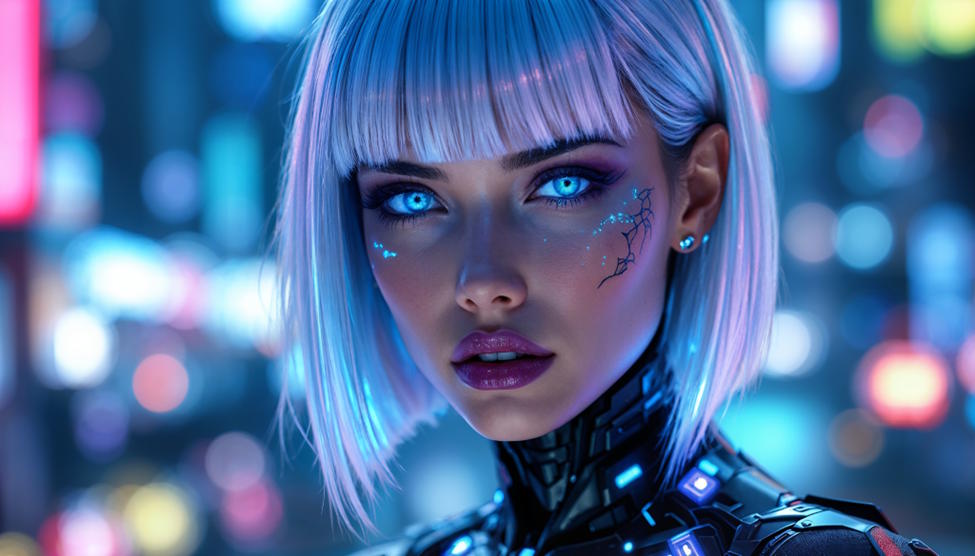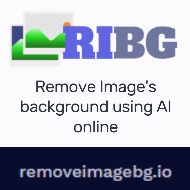Digital art is undergoing a seismic shift, and at the heart of this transformation is AI image generation. What was once the realm of traditional brushes and canvas has rapidly evolved into an intricate dance between human creativity and advanced algorithms. Today, AI-driven tools are redefining artistic expression, creating images that are both visually stunning and conceptually groundbreaking.
Transforming the Art Market
One of the most tangible signs of AI’s impact on digital art is its growing presence in the art market. Landmark auction sales have already demonstrated that AI-generated artworks can command significant prices. For instance, the sale of a piece painted by a humanoid robot for over $1 million has captured public attention, signifying a shift in how collectors and galleries value digital creations.
This surge in commercial viability is not limited to robotic art alone. Major auction houses and digital galleries are now actively curating exhibitions that showcase AI-generated images, attracting a diverse audience of art enthusiasts, investors, and industry professionals. The art market is no longer confined to traditional mediums; it now embraces the innovative potential of AI, heralding a new chapter where technology and creativity converge.
A New Era of Collaborative Creativity
The advent of AI image generation platforms—such as Midjourney, DALL-E, and Stable Diffusion—has opened up an unprecedented creative playground. These tools enable both seasoned professionals and enthusiastic amateurs to generate high-quality art from nothing more than a textual prompt. The fusion of human intuition with the power of machine learning is yielding artworks that defy conventional boundaries.
Rather than replacing the artist, AI is emerging as a dynamic creative partner. Many digital creators now see these systems as collaborators that spark new ideas and accelerate the creative process. Instead of laboriously sketching out every detail, artists can now generate initial drafts and explore myriad variations, refining the outputs with their unique human touch. For instance, platforms like CGDream offer an innovative way to harness advanced AI techniques. With the Flux technology and seamless image-to-3D/3D-to-image conversion, users can generate gree AI art effortlessly, taking their creative expression to new heights.
Shifting Legal and Ethical Landscapes
While AI image generation is expanding creative possibilities, it also raises significant legal and ethical questions. Recent legal battles have underscored the complexities surrounding copyright and ownership in the digital age. Courts are currently grappling with cases that question whether AI-generated images—often produced with minimal human input—can qualify for copyright protection.
Moreover, many traditional artists are voicing concerns over data scraping practices. AI platforms typically train on vast datasets harvested from the internet, and a large portion of this content is copyrighted. The unauthorized use of these images not only sparks heated debates over intellectual property rights but also leaves many artists feeling that their unique styles are being replicated without consent or compensation.
As policymakers and industry leaders weigh in, the art world finds itself at a crossroads. The challenge lies in striking a balance between fostering innovation and protecting the creative rights of artists. Until robust legal frameworks are established, both creators and AI companies must navigate this uncharted territory with caution.
Reimagining Exhibitions and Workflows
Digital exhibitions are also being transformed by AI. Curators and artists are experimenting with immersive installations that integrate AI-generated visuals to create interactive environments. These exhibitions provide audiences with an experience that goes beyond static images, inviting them to engage with art in novel, multisensory ways.
At events like the Adobe Summit and digital arts festivals, professionals demonstrate cutting-edge tools that streamline workflows and enhance post-production processes. AI-driven platforms allow for real-time editing, seamless manipulation of images, and even automated style transfers, making the creative process faster and more efficient. Moreover, innovative tools such as CGDream empower creators to explore advanced features like transferring stylistic elements and maintaining consistency across images. This AI digital art generator offers a wide selection of LoRA styles, enabling artists to experiment with new visual dimensions while ensuring that the core character and structure of their creations remain intact.
Balancing Innovation with Authenticity
Despite the excitement surrounding AI image generation, the debate over artistic authenticity remains a hot topic. Many artists argue that every brushstroke or pixel should carry the imprint of human emotion and experience. Critics contend that while AI can mimic styles and produce visually appealing images, it often lacks the emotional depth and intentionality that human creators bring to their work.
Yet, there is a growing sentiment that these concerns can be addressed through a thoughtful integration of AI into the creative process. By using AI as a tool to explore ideas rather than as a complete substitute for human creativity, artists can maintain the integrity of their work while still benefiting from technological advancements. This balanced approach promises to enrich the art landscape rather than diminish it.
Looking Ahead: The Fusion of Technologies
The future of digital art is set to be even more dynamic as AI image generation continues to merge with other cutting-edge technologies. The integration of augmented reality (AR), virtual reality (VR), and blockchain is poised to revolutionize how art is created, shared, and sold. These technologies can enable immersive experiences and secure digital ownership, further blurring the lines between physical and digital art.
- Immersive Experiences: AR and VR can transform galleries into interactive spaces where viewers explore art from entirely new perspectives.
- Digital Ownership: Blockchain technology can ensure that AI-generated works are authenticated and that artists receive proper credit and compensation.
In this rapidly evolving landscape, the fusion of human creativity and AI is not just a fleeting trend but a fundamental shift in how art is conceptualized and produced. The transformative power of AI image generation is already reshaping the creative economy, prompting both excitement and debate.
As we move forward, it is clear that the future of digital art is here, and it is more AI-driven than many would have imagined. By embracing this technology while addressing its challenges, the art world can unlock new realms of expression and innovation—ensuring that the canvas of the future remains as vibrant and diverse as the human spirit itself.








